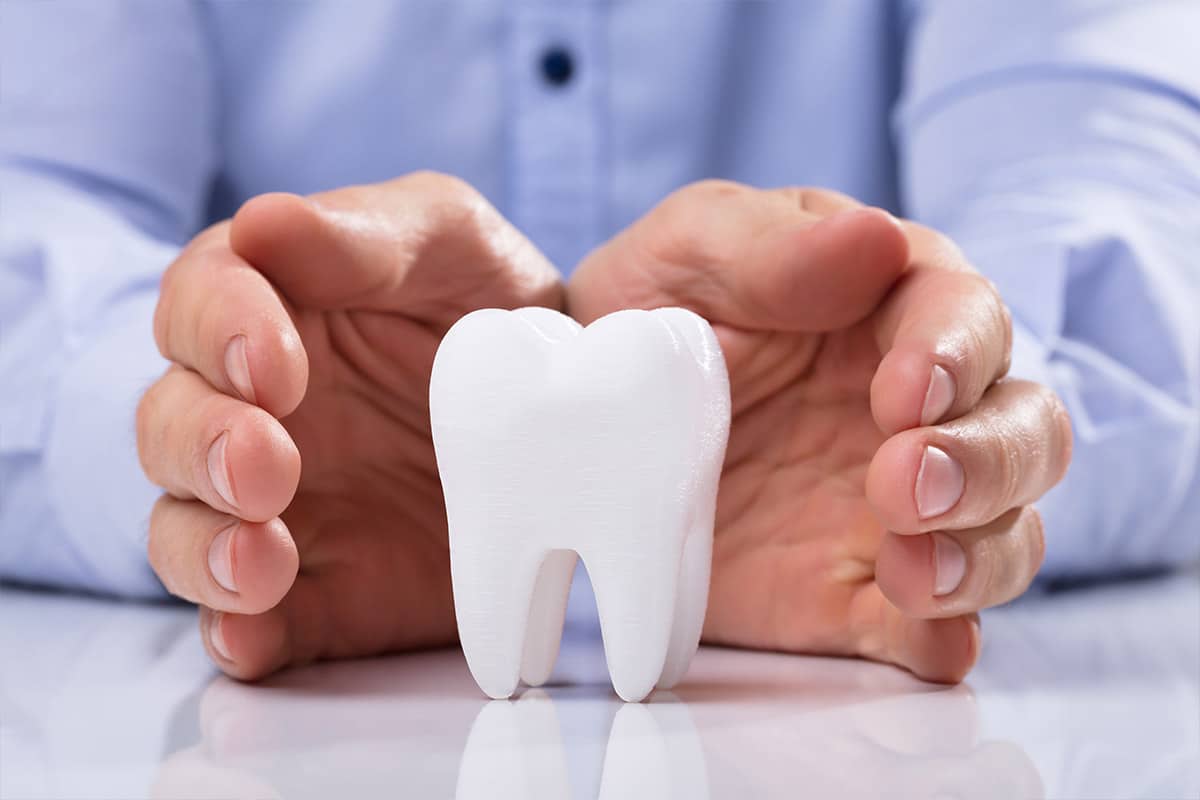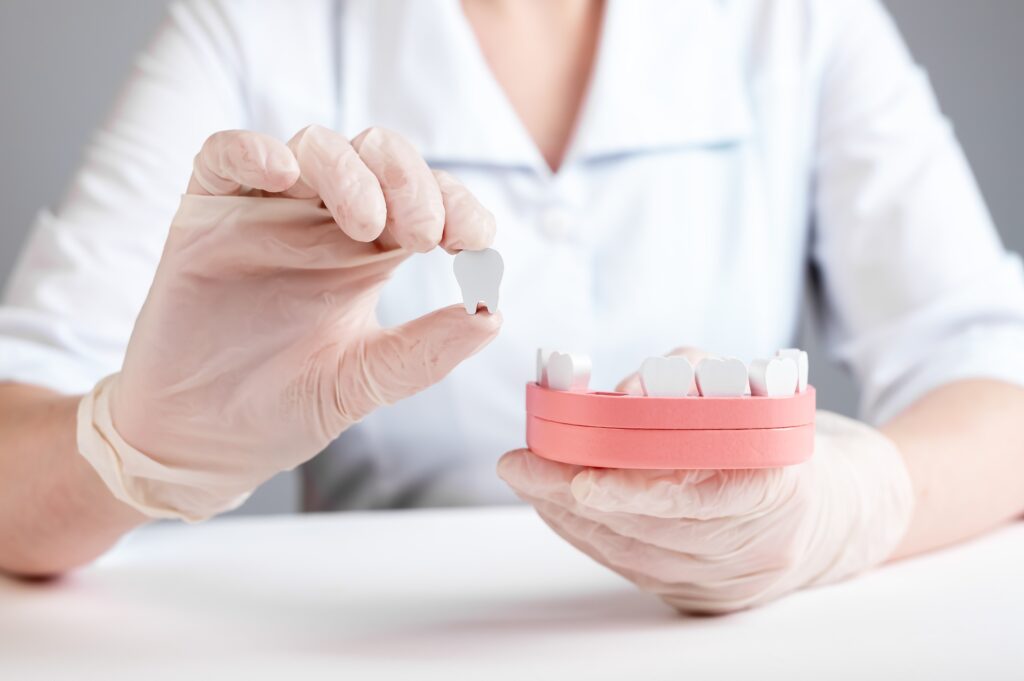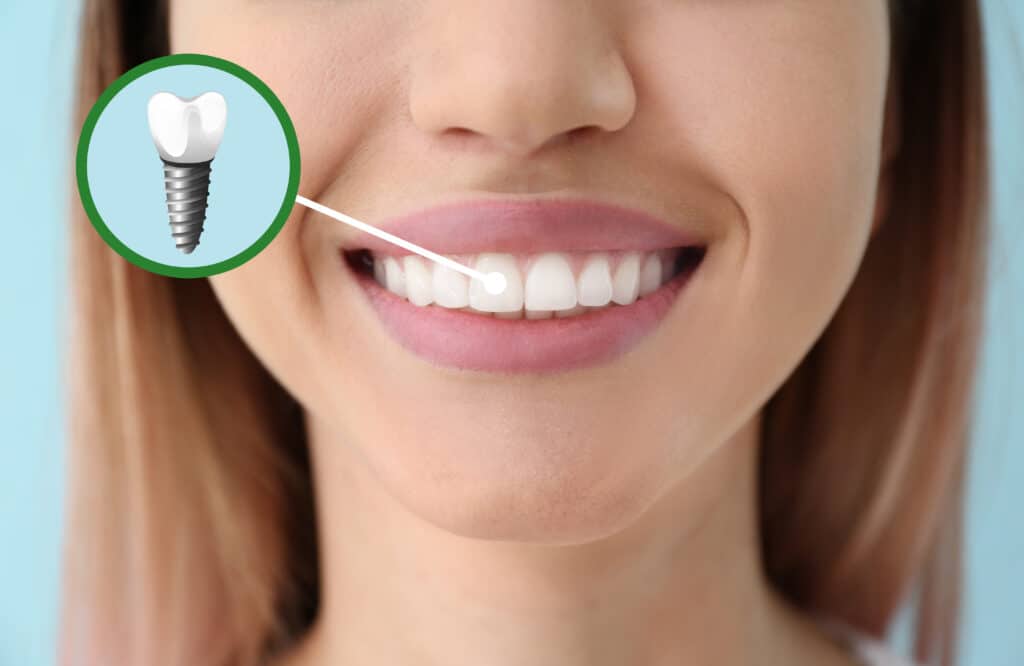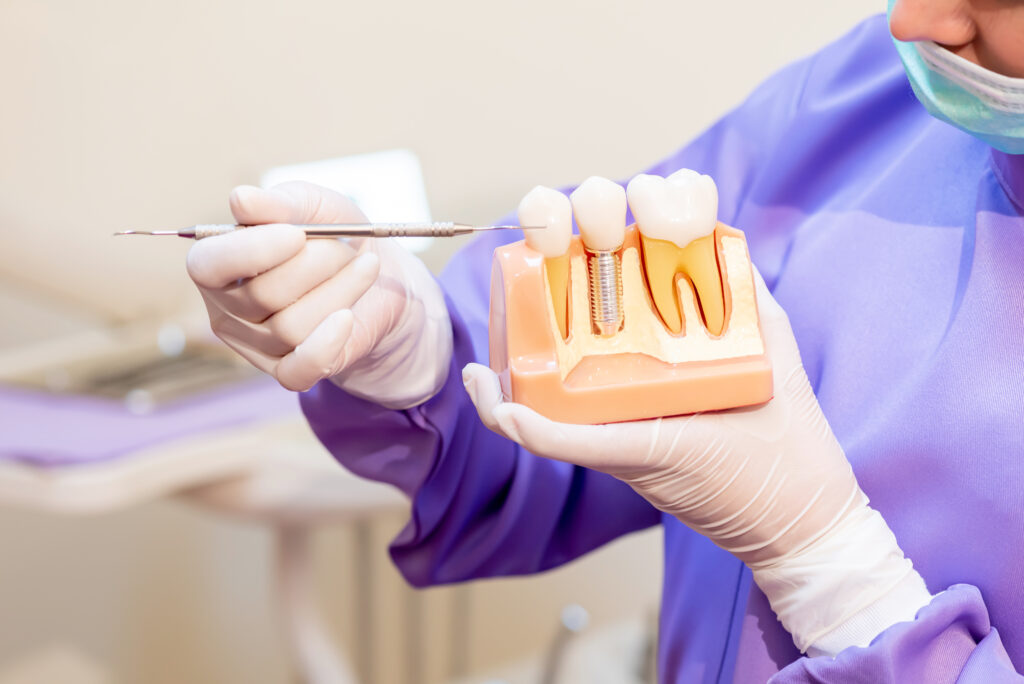
How did teeth look like hundreds of years ago?
Throughout history, humans have used a variety of methods to replace or repair missing or damaged teeth. In ancient times, natural teeth were the only option for tooth replacement. Tooth decay was an issue in ancient societies, leading to bone loss and a need for dental care. The oldest known form of artificial tooth replacement dates back to 3400 B.C. when Egyptian King Neferefre was fitted with wooden replacements made from ebony and ivory.
In the Middle Ages, false teeth were created out of materials such as gold, copper, and animal bone. Some cultures even believed that “tooth worms” caused cavities and used primitive dentistry techniques to get rid of them.
In the 18th century, porcelain crowns became popular among those who could afford them while copper pegs were developed for those with fewer means. But these options still weren’t able to restore lost tissue or provide oral health benefits due to their lack of durability.
It wasn’t until the early 20th century that titanium implants were developed as an effective method for long-term tooth replacement and restoration of lost tissue. While titanium is strong enough to last several decades in most cases, other forms of tooth replacement are often needed due to wear or fracture over time. Today’s modern dental treatments offer a variety of options for replacing missing teeth including bridges, dentures, dental implants, and more – all aimed at restoring oral health as well as physical appearance.

For how long have dental implants been a solution for healthy smiles?
Dental implants have been a viable solution for healthy smiles since their introduction in the early 20th century. Originally developed as a way to replace lost tissue, titanium implants have evolved over the years to become one of the most successful methods for tooth replacement and restoration. Today, this highly advanced technology is used by dental practitioners worldwide to help patients restore their oral health and physical appearance.
The first successful implant surgery was recorded in 18th century when an oral surgeon successfully inserted a titanium implant into a human jawbone. This procedure has since been refined and improved over the decades, with today’s modern dental implants offering greater stability and durability than ever before.
Dental implants are now an effective solution for those missing teeth due to injury, decay or gum disease. The procedure involves surgically inserting a small titanium post directly into the jawbone where it fuses with the bone over time, creating a secure foundation for replacement teeth. The artificial tooth is then permanently attached to the implant, providing long-term stability and restoring function and appearance to the smile.
Today’s advanced dental implants offer many benefits such as superior strength and stability compared to traditional tooth replacements like bridges or dentures, improved comfort due to reduced pressure on surrounding teeth, restored facial structure from replacing lost tissue, improved speech patterns from having natural-looking teeth, improved oral health from being able to properly clean around them and more.
Overall, dental implants have come a long way since their introduction more than sixty years ago; they continue to be one of the most popular solutions for those missing one or several teeth due to injury or decay thanks to their superior strength and durability compared with other forms of tooth replacement available today.

Ancient Attempts at Tooth Replacement
The earliest attempts at tooth replacement date back to ancient civilizations where bamboo pegs, human teeth, and bone tissue were used as replacements. One of the first documented cases was an Egyptian scribe in 2300 BC who had a dental crown made from precious metals. This is one of the earliest examples of dental restoration that has been found, though it’s not known if the ritual was performed on a live human volunteer or from a cadaver remains.
In modern times, metal implants have become the go-to solution for tooth replacement and restoration. In 1952, titanium implants were successfully inserted into a human jawbone for the first time; this marked the beginning of successful implant surgeries that would revolutionize dentistry in years to come. Today’s advanced dental treatments offer greater strength and durability than ever before with gold crowns being one of the most popular solutions for those missing one or several teeth due to injury or decay.
What is the evolution of dental implants over time?
Advancements during the 1700s and 1800s.
In the 1700s and 1800s, dental implants were not yet advanced technology, but some rudimentary procedures for tooth replacement were being used. False teeth made of porcelain or ivory were constructed by hand, though they often had a tendency to break due to their delicate nature. Additionally, natural teeth were sometimes pulled and then replaced with false teeth. During this time period, oral surgery was becoming more common as a method for treating different kinds of diseases related to the mouth and jawbone.
By the late 1700s, dentists began exploring ways to use implants in place of extracted teeth. This involved placing metal pins into empty sockets in order to secure artificial teeth that had been crafted by hand from porcelain or ivory. The pins provided stability and helped keep the false teeth in place; however, it wasn’t until the 20th century that titanium implants became a viable solution for long-term tooth replacement. Still, these earlier attempts at implant placement set the stage for future advancements in dental history.
In addition to implant placement, other techniques during this period included bone grafting and reconstructive surgery on damaged jawbones in order to promote healthy bone growth and stability prior to implant placement. These procedures laid a foundation that allowed modern dentists to advance dental technologies even further in later centuries and create more sophisticated solutions for tooth replacements that are now commonplace today.
Exploring dental implants during the 1900s.
In the early 1900s, tooth extraction was still a common practice for addressing lost teeth due to decay or trauma. Root canals and tooth fillings were also popular treatments for restoring damaged teeth at the time. However, with no real solution for completely replacing missing teeth other than dentures or dental bridges that lacked the strength of natural teeth and had to be replaced every few years, it wasn’t until the 1950s that dental implants became available as a viable long-term option for tooth replacement.
The 1950s marked an important milestone in dental history as the first successful titanium implant was placed into a human jawbone. This breakthrough initiated an evolution in proper care and maintenance of oral anatomy and dental health that continues today. The success of this procedure highlighted the potential of titanium implants as a permanent solution for replacing missing teeth due to injury or decay. From there, rates of implant placement have steadily increased as research reveals more about their benefits over traditional methods of tooth replacement such as dentures and bridges.
Over time, advances in medical technology allowed for more sophisticated techniques in implant positioning such as computer-guided surgery which made it possible to precisely place implants in smaller areas; this eliminated any potential issues with incorrect placement which could lead to failure rates. Additionally, improvements with bone grafting enabled dentists to better prepare jawbones prior to implant placement by strengthening existing bone tissue in order to provide additional support for the implant post-surgery.
Overall, through decades of advancements in medical technology and further research on oral anatomy and dental health, modern dentists are now able to offer superior solutions for those missing one or several teeth thanks to improved durability and strength provided by titanium implants compared with other forms of tooth replacement available today.
Analyzing Present-Day Implants
Today’s modern dentistry offers a more permanent and reliable option for tooth replacement through the use of dental implants. This technology has been revolutionizing tooth replacement options since 1950 when the first successful titanium implant was placed in a human jawbone.
Dental implants are a prosthetic device consisting of an artificial crown attached to a titanium post that is surgically implanted into the jawbone by an orthopedic surgeon. The post acts as an anchor point for the artificial crown, allowing it to mimic the look and function of individual teeth. In some cases, adjacent teeth may be used as anchors for bridges or partial dentures to replace multiple lost teeth at once.

When Did Tooth Replacement Become Popular?
Tooth replacement has been around for centuries, but it wasn’t until the 1950s that dental implants became a viable long-term solution for tooth replacement. Prior to that time, tooth extraction was used to address lost teeth due to decay or trauma and root canals and fillings were used to restore damaged teeth. However, these treatments didn’t offer a lasting solution for replacing missing teeth.
Today, advances in medical technology have enabled dentists to precisely place implants in smaller areas with improved accuracy while improving upon durability and strength provided by titanium implants compared with other forms of tooth replacement available today like dentures or bridges. As a result, more people are turning towards dental implants for tooth replacement than ever before thanks to its benefits over traditional methods such as easier eating, better speech, improved self-confidence and greater convenience compared with dentures or bridges which require frequent replacements every few years.
How effective are dental implants?
Dental implants are incredibly effective when it comes to replacing missing teeth and restoring the natural aesthetics of a patient’s smile. The success rate for dental implant surgery is approximately 98 percent, which is much higher than most other forms of tooth replacement available today.
The key to this success lies within implant dentistry itself. There are several components that make up a dental implant: the titanium post which serves as an anchor point for attaching a prosthetic tooth, the implant surface which helps promote healthy bone growth and attachment of the prosthetic tooth, and finally the temporary or permanent teeth that can be attached to complete the patient’s smile. All these components must be carefully chosen and placed in order to ensure long-term success with minimal risk of dental decay or infection.
When properly installed by an experienced periodontist, dental implants have been proven to last for decades with proper care and maintenance on behalf of the patient. Patients who receive dental implants should maintain good oral hygiene habits in order to ensure their implants remain healthy and functional over time.